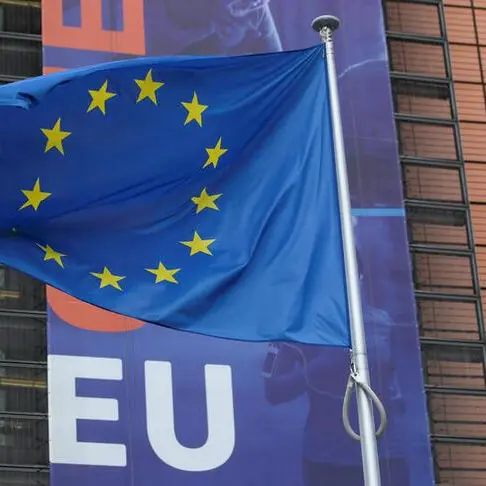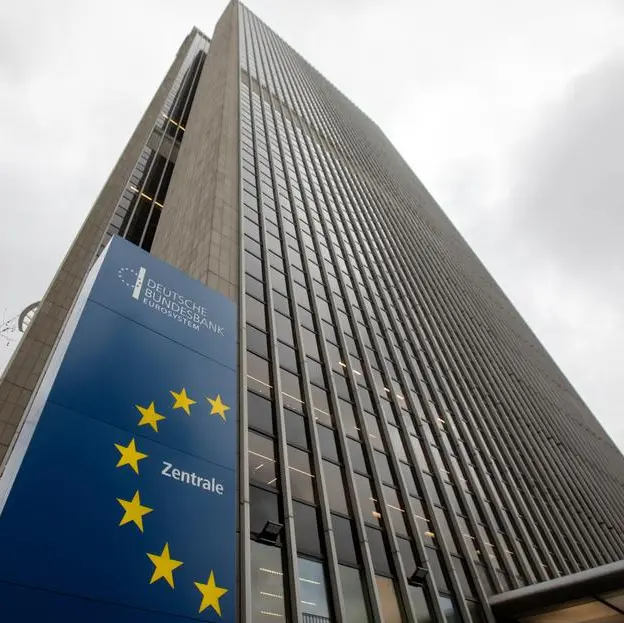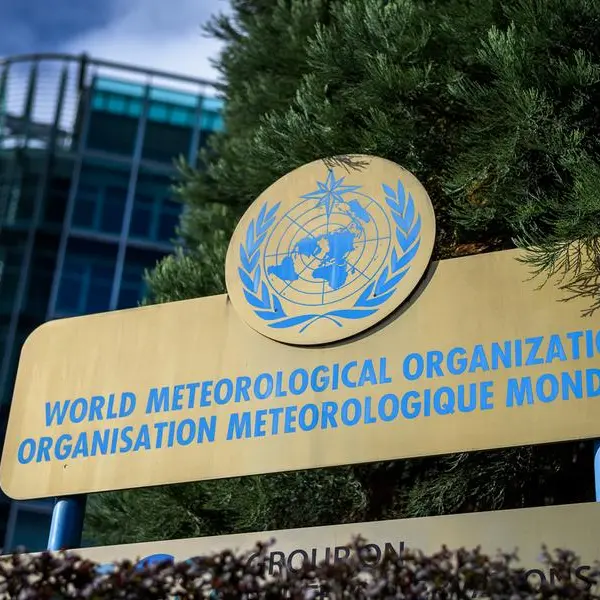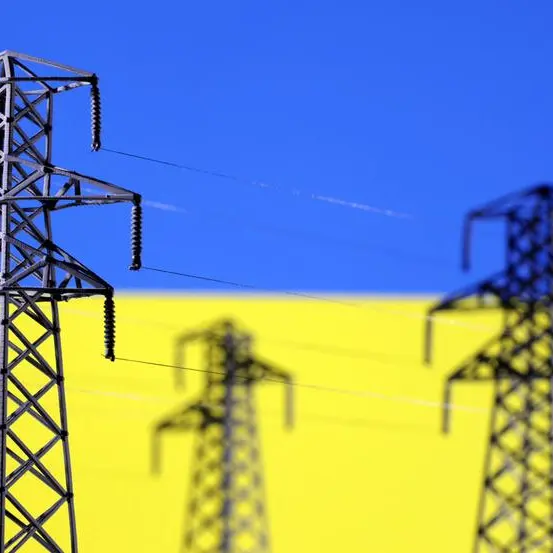PHOTO
Countries raised a record $104 billion last year by charging firms for emitting carbon dioxide, but prices remain too low to drive changes needed to meet Paris climate accord targets, the World Bank said in a report on Tuesday.
Several countries are using a price on carbon emissions to help meet their climate goals by making polluters pay in the form of a tax, or under an emissions trading (ETS), or cap-and-trade, system
“Carbon pricing is a critical part of the policy mix needed to both meet the Paris Agreement goals and support low emissions growth,” the World Bank’s State and Trends of Carbon Markets report said.
There are 75 global carbon pricing instruments in operation, up two from a year ago, covering around 24% of global greenhouse gas emissions. The figure raised in 2023 in carbon revenues was up from around $95 billion raised in 2022.
However, the report said less than 1% of global greenhouse emissions are covered by a direct carbon price at or above the range recommended by the High-level Commission on Carbon Prices to meet the 2015 Paris agreement target of limiting temperature rise to well below 2 degrees Celsius.
In 2017, a report by the High-Level Commission indicated carbon prices need to be in the $50-100 per ton range by 2030 to keep a rise in global temperatures below 2C. Adjusted for inflation those prices would now need to be in a $63-127 metric ton range, the World Bank report said.
The largest single contributor to global carbon revenue is the EU’s Emissions Trading System.
“Recent price drops in the EU ETS... suggests global carbon pricing revenues may fall in 2024,” the report said.
The benchmark EU carbon contract is currently trading around 73 euros/ton, down from around 80 euros/ton at the start of the year and having touched a record over 100 euros/ton in February 2023.
(Reporting by Susanna Twidale Editing by Peter Graff)












